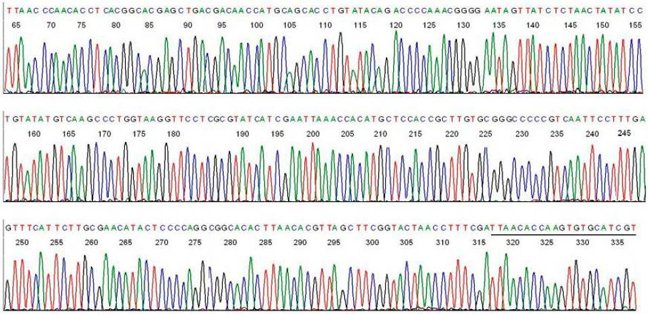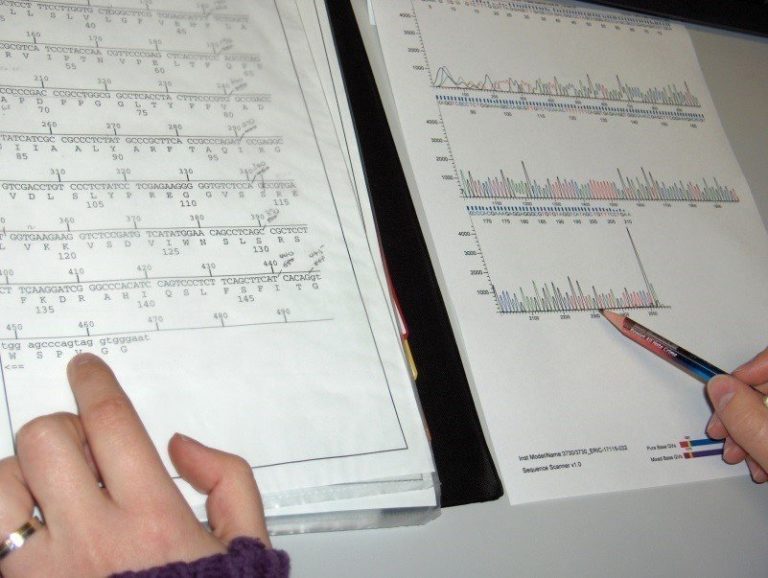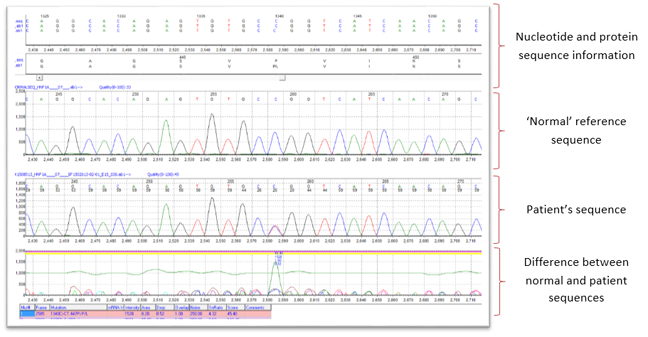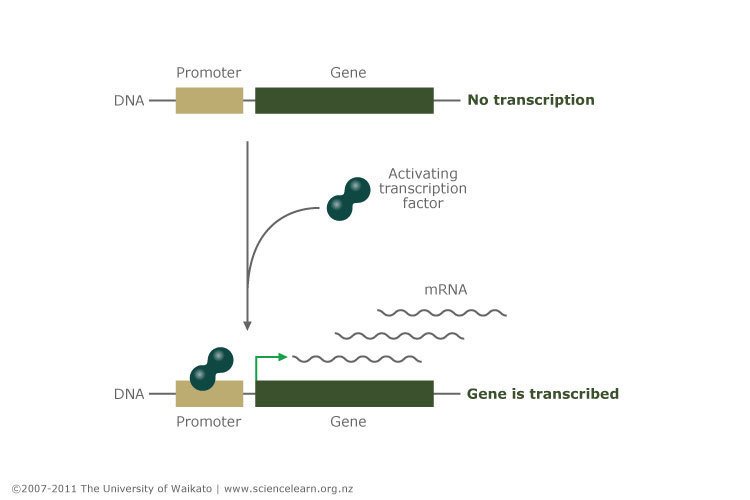Home / Healthcare & Medicine / Biology & Biotechnology / Genomic Medicine: Transforming Patient Care in Diabetes / Interpreting the Sanger sequence data
This article is from the free online
Genomic Medicine: Transforming Patient Care in Diabetes


Reach your personal and professional goals
Unlock access to hundreds of expert online courses and degrees from top universities and educators to gain accredited qualifications and professional CV-building certificates.
Join over 18 million learners to launch, switch or build upon your career, all at your own pace, across a wide range of topic areas.

 From
From 
 Created by
Created by  Copyright: University of Waikato. All Rights Reserved.
Copyright: University of Waikato. All Rights Reserved. 





